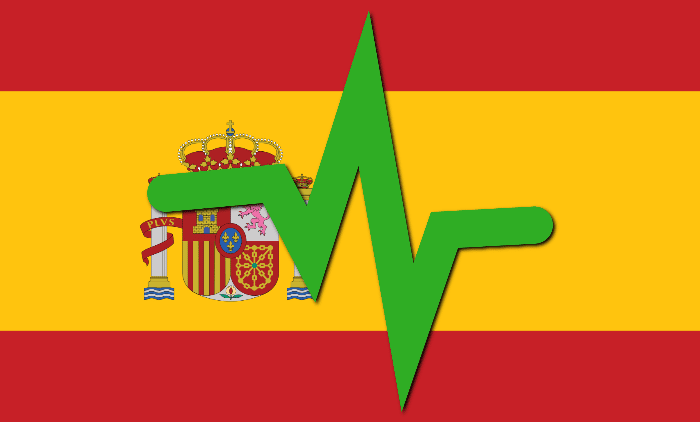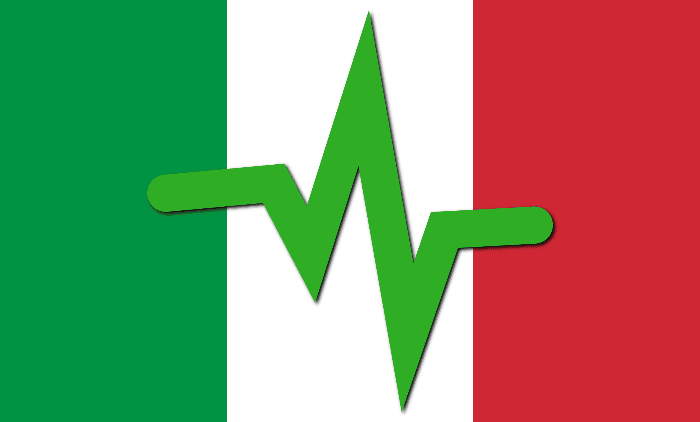How mold and other mycotoxins can make us sick

Regarding mold there are two very clear positions. There are people who seem to have developed a ‘selective blindness’ that allows them to live with it as if nothing had happened and others who cannot stand the mere sight of it. And, well, then there is a large mass that fluctuates between both extremes and that knows that it must be eliminated but does not quite believe that it is something as bad as they paint it. It is best to turn to an expert voice. “Mycotoxins, secondary metabolites produced by certain types of fungi, should keep us on alert due to their potential to damage our health,” explains Jorge Ángel, doctor specializing in integrative medicine and medical director of Equisalud.
Mold may not sound too bad, but mycotoxins… that already seems worse to us, right? It is that it is. “Exposure to mycotoxins (and there are about 400 different ones) can have a wide range of negative effects, from mild symptoms to serious medical conditions,” he confirms. “Inhaling mold spores and mycotoxins can cause respiratory problems, allergies, and even more serious illnesses in sensitive people.” We had already heard some of this… and it was true. But what is true in all these popular beliefs about mold and its mycotoxins?
Are some people immune to mycotoxins?
«25% of the population has difficulty detoxifying these toxins. Therefore, they are more susceptible to getting sick from this type of contamination,” Ángel clarifies. The remaining 75%, however, usually win the fight against them and continue their lives normally. You have to be especially careful with babies.
Can entire buildings get sick?
As it is. As the doctor explains, the presence of mycotoxins indoors, especially in buildings damaged by water, has been associated “with sick building syndrome and other chronic health conditions.”
Contaminated but perfect-looking food?
If we think about mold and food, we all think of the typical apple that has developed a greenish coating because we have forgotten it in the fruit bowl (sometimes it even has fuzz). But the mycotoxin problem with the things we eat can start much earlier and not be as obvious. “A little-known problem associated with mycotoxins is their ability to cause food poisoning, as they can contaminate crops and food products during their growth, storage or processing.” As the expert warns, it is estimated that approximately 25% of the world’s crops are contaminated with mycotoxins. So sometimes we will not be able to use our sight to protect ourselves. Of course, health regulations are usually very rigorous in this sense.
What are the most dangerous molds?
What are the most dangerous molds? It depends not only on the species, “but on the amount of mycotoxins released and the susceptibility of the exposed people,” clarifies Jorge Ángel. That said, the doctor admits that black mold – Stachybotrys chartarum – is recognized as one of the most dangerous due to its highly toxic mycotoxins, such as trichothecenes, which can cause respiratory, neurological and immune problems. Mycotoxin damage is almost always due to accumulation; Therefore, if we detect mold in our home, we should not wait more than 48 hours to clean it. And, if we see an affected food…, do not remove the piece and eat the rest: even if it is not visible, it will surely be full of fungi.



